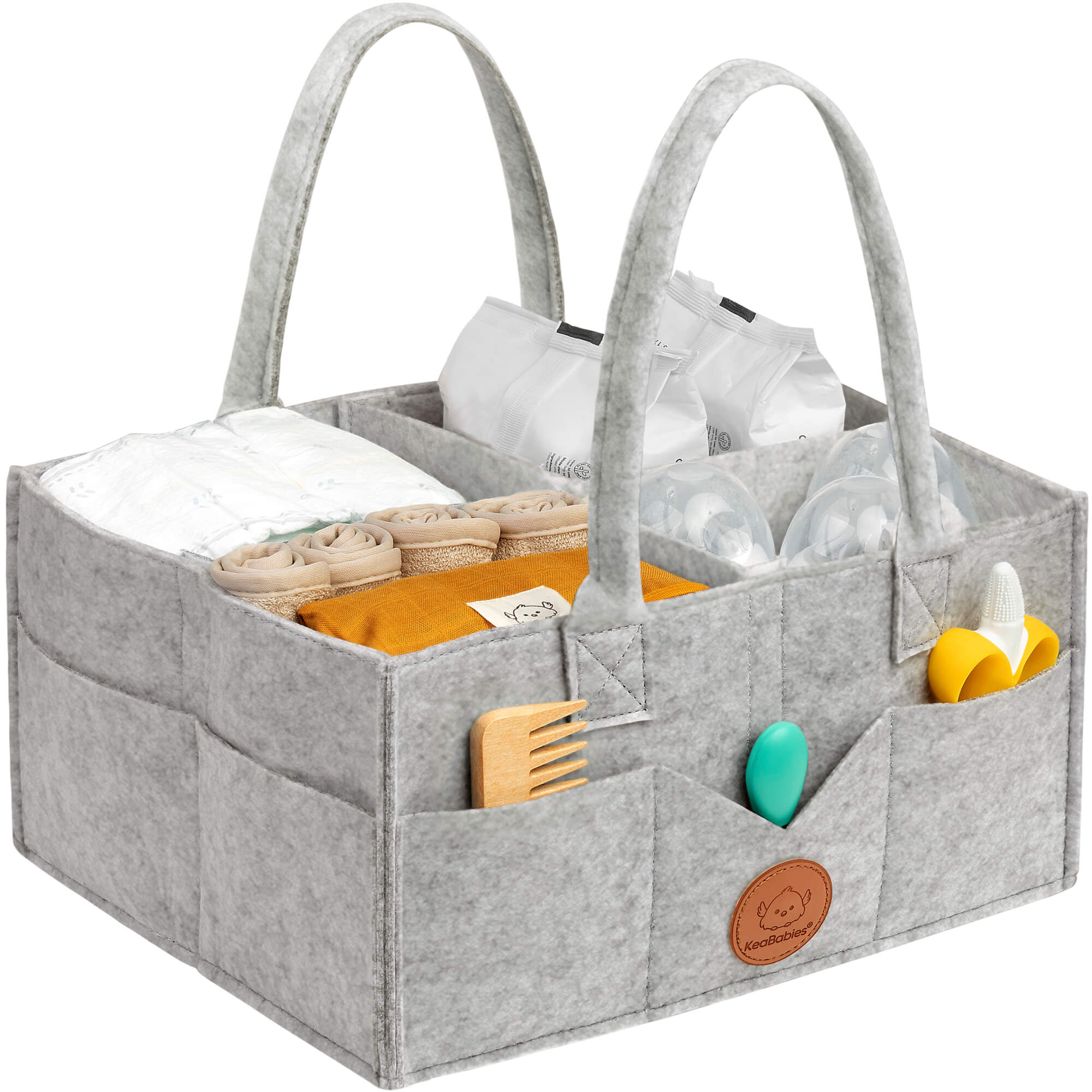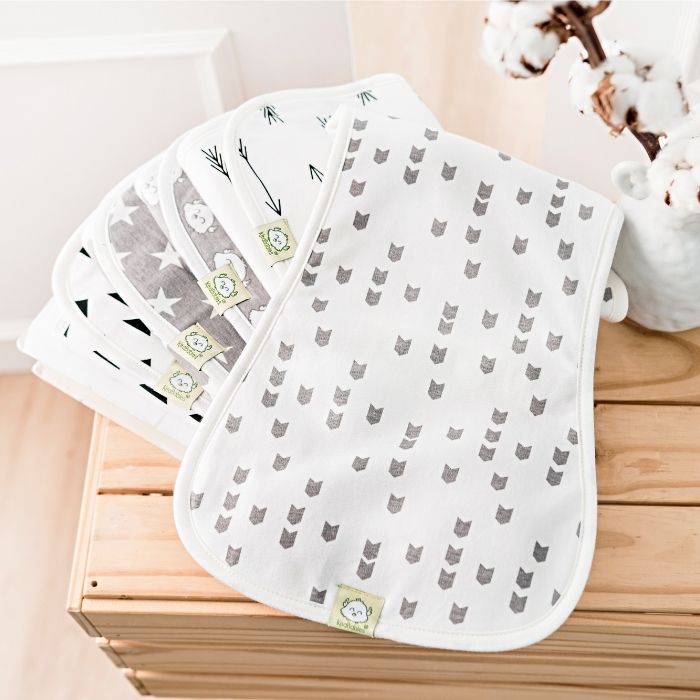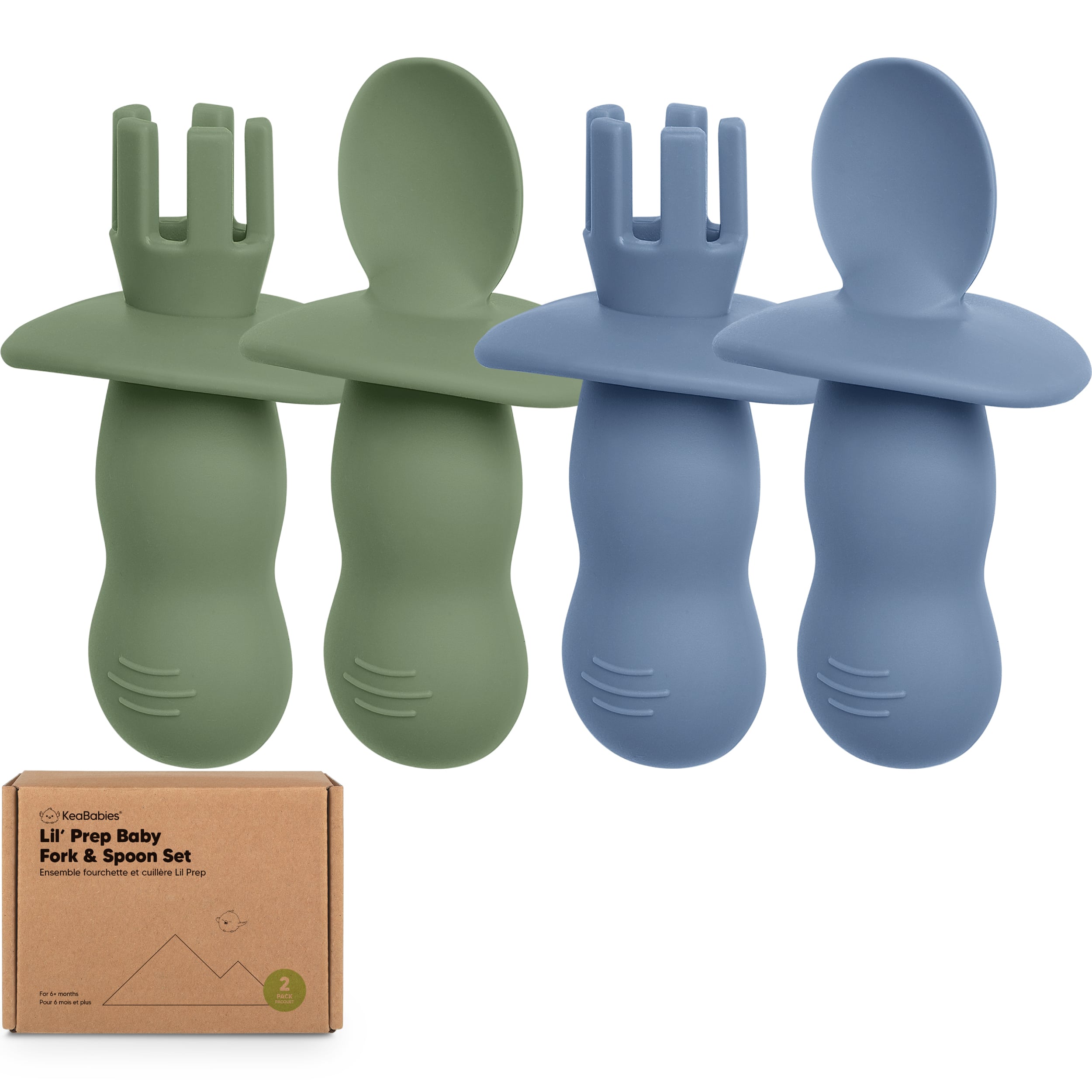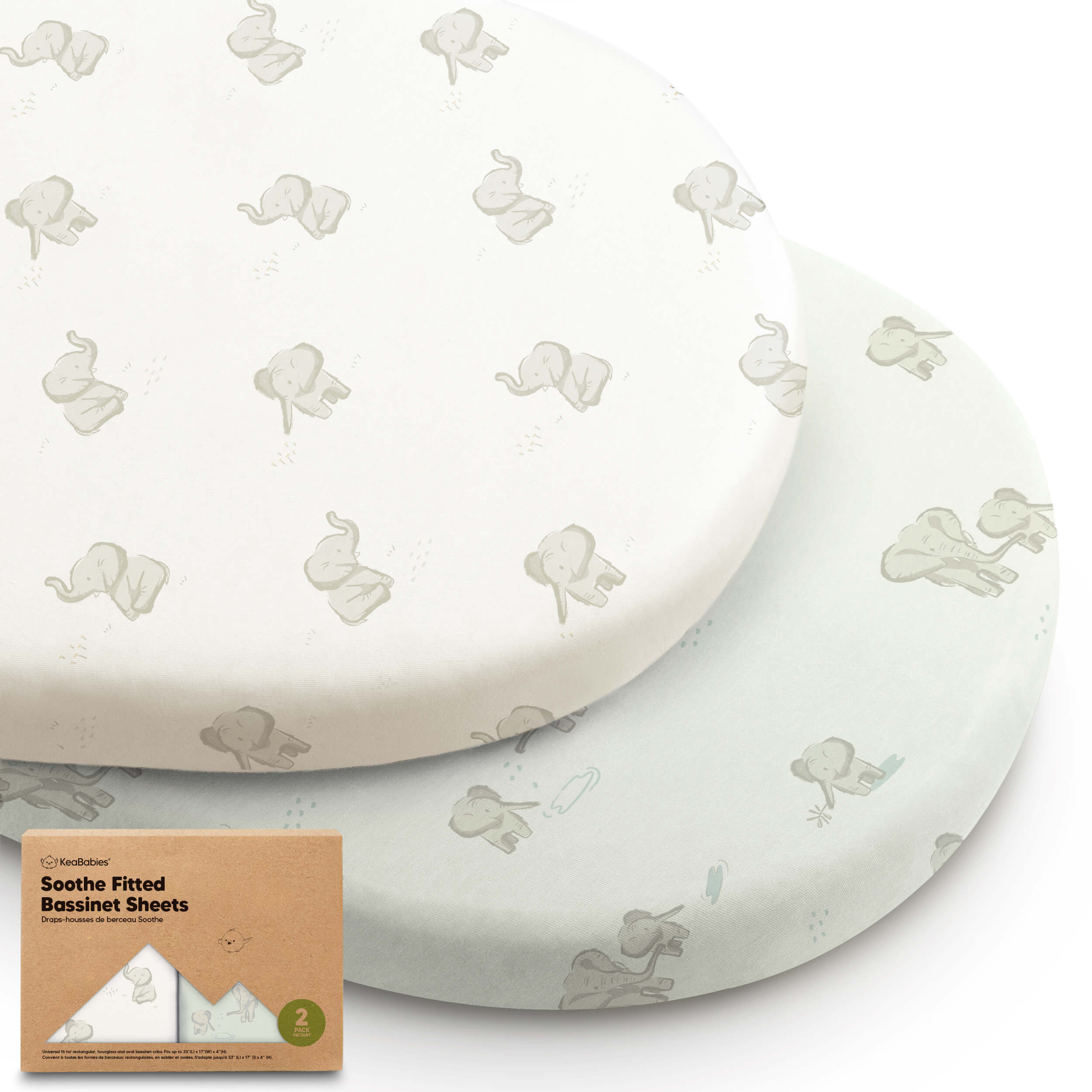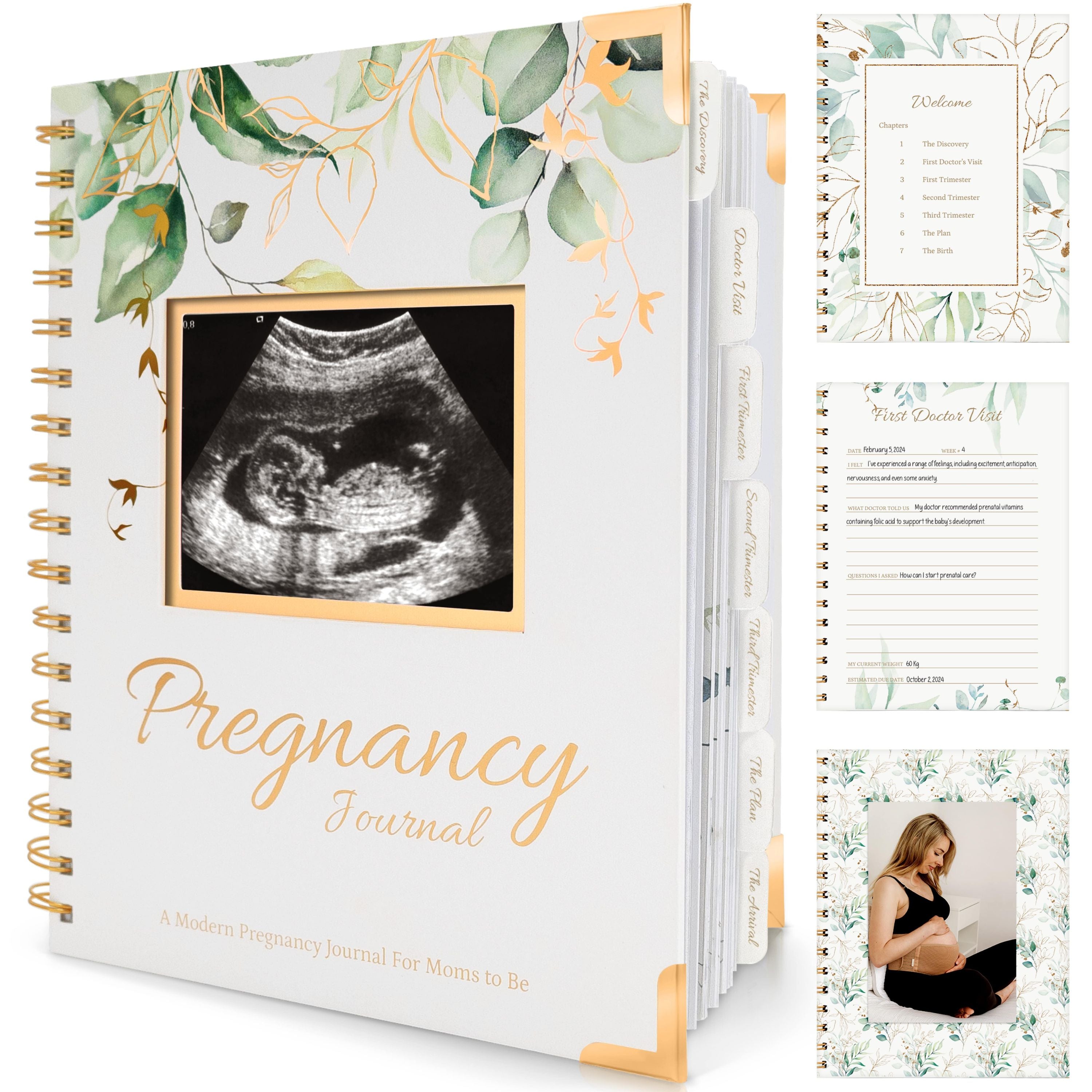
Navigating Common Breastfeeding Challenges: Effective Solutions For Modern Mamas
Breastfeeding is beautiful, but often comes with its own set of challenges. Check out this quick list of common breastfeeding issues and simple solutions for creating a wonderful, successful feeding journey for you and your little one.
Summary
Breastfeeding is a beautiful yet sometimes challenging journey, especially for modern mamas balancing newborn care, recovery, and daily life. From latch issues and sore nipples to milk supply concerns and returning to work, every stage brings unique hurdles. This guide explores the most common breastfeeding challenges and shares practical, research-backed solutions you can start using today, plus reminders on when to reach out to lactation consultants and other support networks to help you feed your baby confidently, your way.
New parents often have a learning curve when it comes to breastfeeding - and that's okay! If you are learning the ropes of breastfeeding, you may start wondering about things like growth spurts, cluster feeding, clogged ducts, latch problems, and more. Whether you're a first time mom or an experienced parent, breastfeeding is a big task and often comes with its own set of unique challenges! We've rounded up some simple, research-backed tips on improving latch or positioning, and don't forget to seek support from a lactation consultant when things get tricky. There is no need to aim for perfection, but rather, appreciating your beautiful and unique breastfeeding journey.
Introduction to Breastfeeding
Breastfeeding is a natural process that provides countless benefits for both mothers and babies, including the production of breast milk that is rich in nutrients and antibodies to help babies grow. Even so, many mothers face common breastfeeding challenges, from sore nipples to breast pain, to low milk supply, but with the right support and guidance, these issues can be overcome.
Another wonderful resource to rely on are lactation consultants. These consultants play a crucial role in helping new parents navigate the world of breastfeeding and addressing any concerns or issues that may arise during their breastfeeding journey.
Breastfeeding exclusively can help establish a good milk supply and reduce the risk of breast infection and other complications. If you're worried about a low milk supply, feeding "on demand" is a good way to ensure your baby gets enough milk. Skipping feedings can make your milk supply go down. When babies feed on demand, it signals the body to produce adequate nutrition for them.
Newborn babies have a unique way of latching onto the breast, and understanding this process can help mothers achieve a comfortable and effective latch. A good latch is key for avoiding sore nipples and breast pain.
Understanding Your Milk Supply
Milk supply is regulated by the frequency and effectiveness of feedings, and moms can take steps to ensure they have enough milk for their baby. Other factors such as breast tissue, milk ducts, and hormone levels can influence milk supply, and understanding these factors can help nursing mothers optimize their milk production.
Lactation consultants are great resources who can provide guidance on how to establish and maintain a good milk supply, including tips on frequent feedings, proper latch, and breast care. They can also help assess how much milk your baby is taking in during each feeding session.
Breastfeeding mothers can also use gentle breast massage and warm compresses to help stimulate milk flow and relieve any discomfort or engorgement. This gentle pressure can help alleviate pain, especially if you're a person who has an "oversupply" or produces too much milk.
Monitoring their baby’s weight gain and overall health can help mothers determine if their milk supply is adequate and make adjustments as needed. Your baby's doctor will also address breastfeeding concerns with you during your little one's appointments.
Common Breastfeeding Challenges: Helping Women Feel Less Alone
Some of the most common breastfeeding challenges include plugged milk ducts, breast infection, and nipple pain. Thankfully, these issues can often be resolved with proper care and attention.
Inadequate milk removal, poor latch, and infrequent feedings can contribute to these challenges, and addressing these underlying issues can help prevent complications. Lactation consultants can provide expert guidance on how to overcome common breastfeeding challenges and achieve a comfortable and successful breastfeeding experience.
Breastfeeding moms can also benefit from support and resources, such as online communities, support groups, and healthcare providers, to help them navigate any challenges that may arise. The KeaCommunity group on Facebook is filled with thousands of parents ready to support one another through parenting challenges, including breastfeeding issues!
Understanding the signs and symptoms of more serious breastfeeding challenges, such as flu-like symptoms, mild fever, and sore lumps, can help mothers seek help and attention when needed. These symptoms may indicate plugged milk ducts or even an infection that needs to be checked out by a doctor.
Latching Issues and Nipple Pain
Latching issues and nipple pain are some of the most common challenges that many breastfeeding mothers face, but these issues can often be resolved with proper care and education. Sore nipples are especially common in the first days and weeks of nursing, and a little extra care can make a big difference in comfort and healing. Gentle remedies, like using the KeaBabies Organic Nipple Butter to soothe and protect skin, can help ease the discomfort while you work on improving your latch.
A good latch is essential for effective breastfeeding, and understanding how to achieve it can help mothers avoid ongoing discomfort and complications. Factors such as baby’s mouth position, nose alignment, and chin placement can influence the latch, and moms can take steps to ensure a comfortable, effective feed so their baby can nurse efficiently.
Because nipple soreness is common in the early days, having supportive essentials, such as the breathable KeaBabies Nursing Pads to keep skin dry and reduce irritation, can also help you stay comfortable between feeds. However, persistent nipple pain can be a sign of an underlying issue, such as a poor latch or even a breast infection. Lactation consultants can provide guidance on how to overcome latching issues and manage nipple pain, including tips on proper latch, breast care, and pain relief. If soreness is accompanied by redness, extreme pain, body aches, or fever, it’s important to seek medical advice.
Solutions for Breastfeeding Challenges
Breastfeeding challenges, such as low milk supply, plugged ducts, and breast infection, can be overcome with the right support and guidance. Lactation consultants can provide expert advice and help you achieve a comfortable and successful breastfeeding experience.
Some mothers worry about their milk coming in, especially in the first few days following childbirth. When you deliver your baby, your body produces colostrum, which has a different makeup than your "normal" milk that will come in. Don't stress if you don't produce a lot of colostrum - a newborn only needs tiny amounts in the beginning! Continue to feed your baby on demand, and make sure they are getting a good, deep latch during each feeding session.
Breastfeeding moms can also benefit from gentle breast massage, a relaxing hot shower, warm compresses, and frequent feedings to help stimulate milk flow and relieve discomfort, especially in the first weeks of breastfeeding. If you chest is very sore, you can also use cold compresses on the affected area. Understanding the importance of proper latch, adequate rest, and good nutrition can help mothers optimize their breastfeeding experience and overcome any challenges that may come up over time.
Breastfeeding moms definitely want to watch out for signs of mastitis and clogged ducts. Symptoms of mastitis include things like breast pain in one breast or both, swelling, warm areas, redness, and experiencing symptoms that feel like the flu (body aches, chills, fever). Mastitis is an infection that can develop when milk ducts are not properly emptied during a feeding, leaving a tender lump in the breast tissue.
Seeking help and support from healthcare providers, lactation consultants, and support groups can help breastfeeding mothers navigate any challenges and achieve their breastfeeding goals. Whether you produce too little milk or too much milk, whether you're breastfeeding exclusively or supplementing with formula, whether you experience negativity from a friend or family member, or whether you're nervous to even start breastfeeding in the first place - just know that you are doing an amazing job. New moms and seasoned moms alike deserve respect and support as they navigate their feeding journey.
Baby’s Needs and Growth Impact Your Feeding Journey
Your baby’s needs and growth are closely tied to breastfeeding, and understanding how to meet these needs can help mothers optimize their breastfeeding experience. Things like your baby’s weight gain, overall health, and feeding patterns can influence breastfeeding, and moms can take steps to ensure their baby is thriving.
Lactation consultants can provide specific guidance on how to monitor baby’s growth and development, including tips on tracking weight gain, monitoring feeding patterns, and recognizing signs of adequate milk intake. Breastfeeding moms can also benefit from learning how to recognize and respond to baby’s cues, such as rooting reflex, sucking reflex, and satiety cues.
Changes in milk supply are completely normal as your baby grows. Many mothers notice fluctuations in their milk during certain points in their cycle, during their baby's growth spurts, or during periods when their baby is ill. Sometimes, your milk might appear more watery and clear, and other times, very thick. Milk can change even during feeding sessions, as it moves from foremilk to hindmilk. If you're concerned about your milk output, the best thing you can do is feed your baby on demand.
Understanding how to support baby’s growth and development can help mothers feel confident and empowered in their breastfeeding journey.
Returning to Work and Pumping
Returning to work and pumping can be a challenge, but it is a manageable aspect of breastfeeding if you take steps to ensure a smooth transition. Factors such as pump selection, storage, and transportation of breast milk can influence pumping, and understanding these factors can help mothers optimize their experience. Many moms find that using a reliable, comfortable pump, like the KeaBabies Pulse Breast Pump, makes it easier to maintain their routine throughout the workday.
Lactation consultants can provide guidance when it's time to return to work. They can give advice on how to establish a pumping routine, including tips on frequency, duration, and proper storage of breast milk. Breastfeeding mothers can also learn how to maintain milk supply while pumping, including prioritizing frequent pumping, proper storage, and handling of breast milk.
It is important to be able to continue to feed your baby how you want to, even after returning to work. By law, you have rights as a breastfeeding mother in the workplace. Be sure to discuss questions and concerns, especially about taking pumping breaks, with your employer before returning to the workplace so that you feel safe and supported.
Final Thoughts On Navigating Challenges
Breastfeeding is a beautiful way to feed your baby and should be celebrated. It is a unique and individual experience, and moms can take steps to optimize their breastfeeding journey to achieve a comfortable, successful experience they are proud of.
Lactation support, self-care, and community resources can help make your breastfeeding journey rewarding and successful, especially as you navigate any challenges that may arise. Breastfeeding mothers can also benefit from understanding how to prioritize self-care, recognize and respond to baby’s cues, and navigate the healthcare system. By seeking help and support from healthcare providers, lactation consultants, friends, family, and support groups, breastfeeding mothers can feel confident and empowered in their breastfeeding journey and achieve a positive and rewarding experience.
|
|
Meet Our KeaMommy Contributor: Kaitlyn Torrez I’m Kaitlyn Torrez, from the San Francisco Bay Area. I live with my husband and two children, Roman and Logan. I’m a former preschool teacher, currently enjoying being a stay at home mom. I love all things writing, coffee, and chocolate. In my free time, I enjoy reading, blogging, and working out. |



